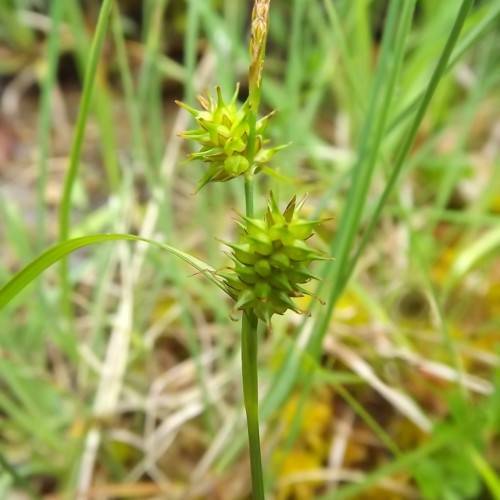
Greenish Sedge
Carex viridula subsp. viridula var. viridula
Watering:
Minimal
Hardiness Zone:
Sun:
full sun,part shade
Leaf:
Yes
Growth Rate:
Low
Drought Tolerant:
Yes
Salt Tolerant:
Yes
Invasive:
Yes
Care Level:
Medium
watering
Little Green Sedge should be watered enough to keep the soil moist but not soggy.In the spring and summer months, Little Green Sedge should be watered around once a week, depending on the weather. During periods of hotter weather, an additional watering may be necessary. During the cooler months of fall and winter, reduce the amount of water given to the plant as it goes into dormancy. Water Little Green Sedge around once every 2 to 3 weeks, or as needed to keep the soil lightly moist.
sunlight
Little Green Sedge (Carex viridula) prefers full sun to partial shade and should get from 4-5 hours of direct sunlight each day. However, it can also tolerate some shade and prefers cooler temperatures for growth. Direct sunlight for this plant species should be minimal in the warmer and hotter months, as too much heat and exposure to direct sunlight can damage the plant. Overall, it requires moderate to high light intensity.
pruning
Little Green Sedge is a low-maintenance ornamental grass species that can thrive in a variety of climates and soil types. Pruning should be done once a year in early spring. Cut the plant back to 8-10 inches in height to encourage new growth. In warmer climates, Little Green Sedge can be lightly pruned again mid-summer if needed to control size and shape. Pinching off the ends of the stems also helps to encourage bushier growth. Avoid pruning after August, as this can disrupt the plant's ability to store energy for the winter. Pay attention to the shape and density of the plant, and prune accordingly. If necessary, remove spindly or crowded stems.
